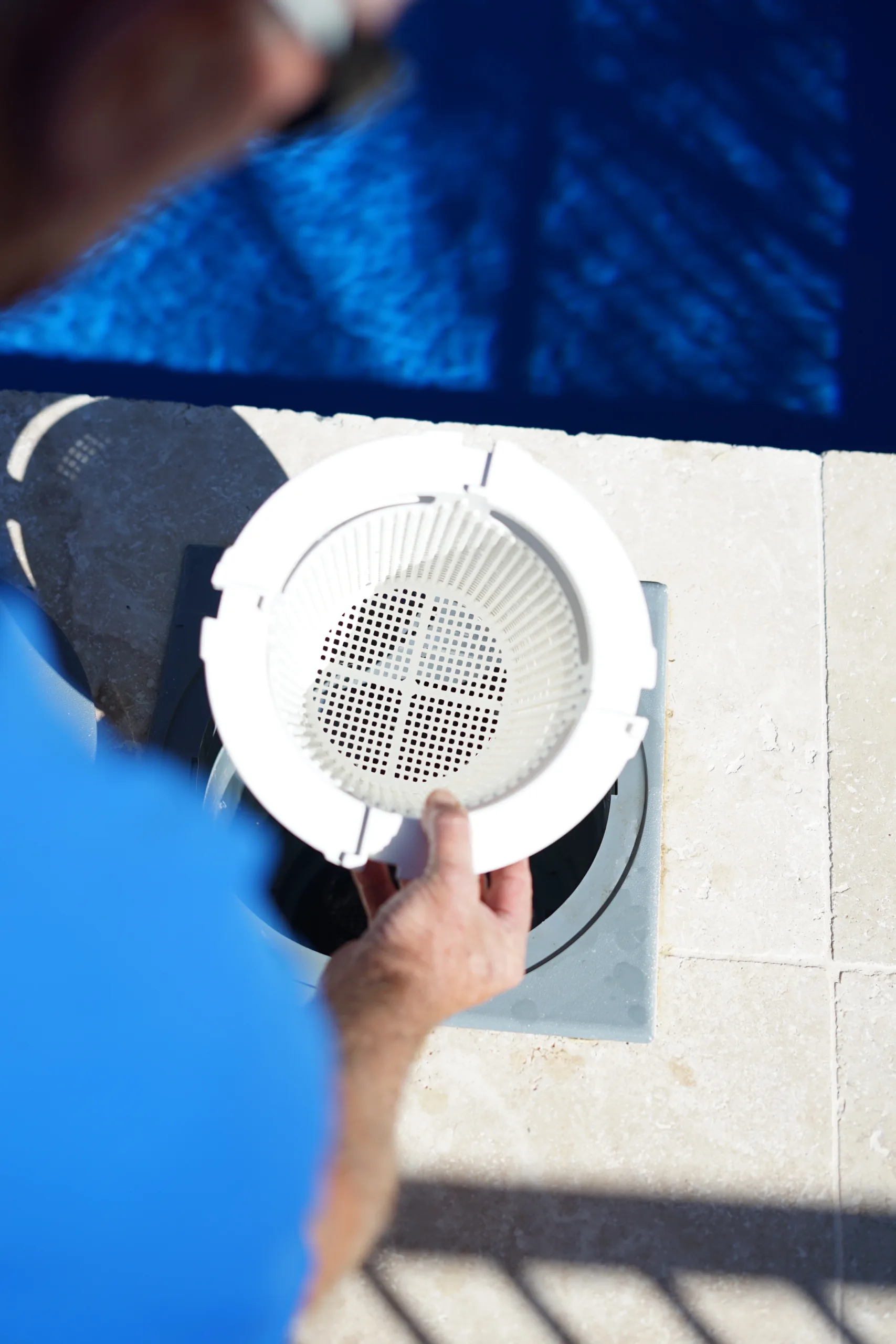
How to Clean Your Pool After A Storm And A Cyclone Efficiently!

A storm or cyclone can leave your pool filled with debris and unclean water with chemical imbalances. Proper pre storm care can help with protecting your pool. Post-storm pool maintenance is needed to restore water quality, protect your pool equipment, and ensure safe swimming conditions. Follow these steps on how to clean your pool after a storm or cyclone.
1. Prioritise Safety First
Before inspecting your pool, check for fallen power lines, structural damage, or other hazards in the surrounding area. If you suspect electrical damage to your pool equipment, contact a professional before proceeding.
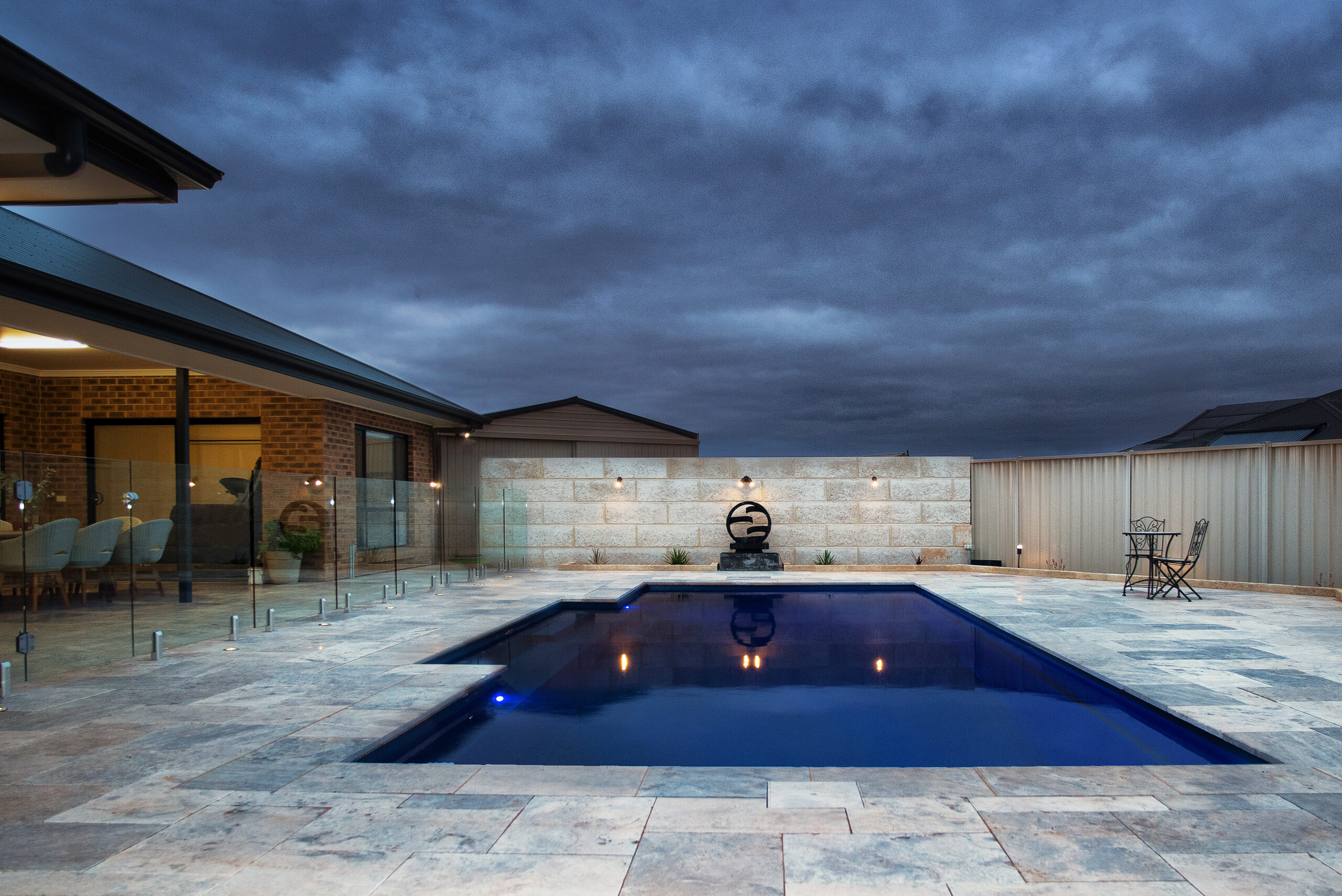

2. Assess Your Power Situation
Storms and cyclones can cause power outages, surges, or fluctuations that impact your pool equipment. Your electrical situation plays a crucial role in how to clean your pool after a storm.
- No power? Wait until electricity is restored before running your pump or filtration system.
- Experiencing power surges? Turn off your pool equipment at the circuit breaker to avoid damage.
- Equipment left on during the storm? Inspect it for signs of damage, such as unusual noises or failure to start.
- Damaged equipment? Contact your pool equipment provider or a licensed technician for repairs before restarting the system.
3. Check Your equipment
Your pool pump and filter are crucial in recovering your pool after a storm. How to clean your pool after a storm by inspecting the system for damage and:
- Ensure your pool pump is working correctly.
- Inspect your heat pump thoroughly for any water intrusion and debris accumulation. Make sure to clear any obstructions around the unit, and if the pool system is safe to operate, turn on the heater to monitor for leaks, unusual noises, or electrical problems, like tripped circuits or error codes. Examine the pipes connected to the unit is crucial, as they may have sustained damage that could affect functionality.
- Backwash or clean your pool filter to remove accumulated dirt.
- If your pool has been exposed to flooding, do not turn on electrical equipment until it has been checked by a licensed electrician.
- Tears in the pool cover can compromise its ability to retain heat and prevent evaporation. If any damage is found, replacing the cover is recommended.
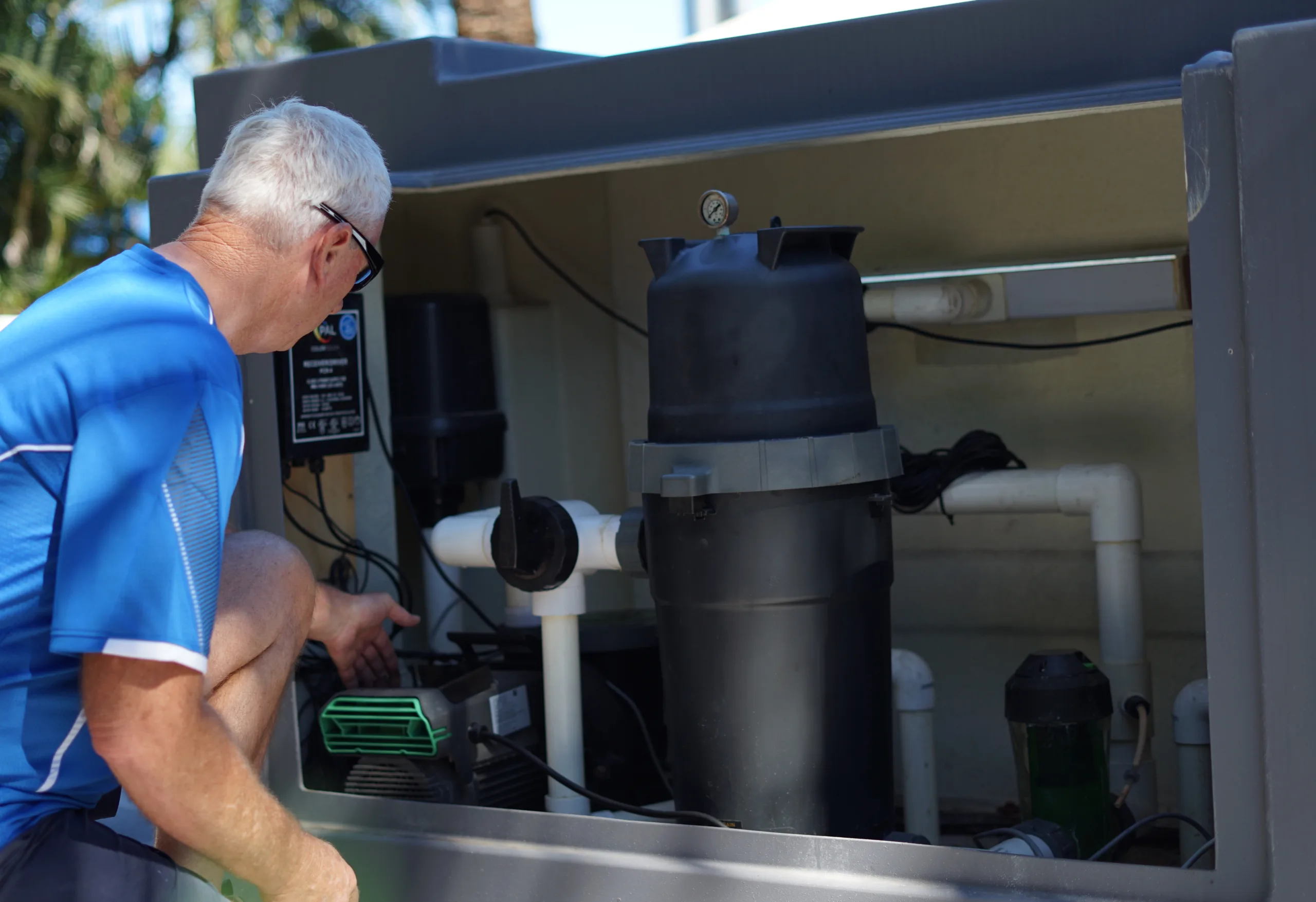

4. Lower the Water Level After Flooding
Excess rainfall or flooding can cause your pool to overflow. To ensure your pool filtration system works efficiently:
- Reduce the water level to mid-skimmer level using a submersible pump or drain.
- To drain your pool water to the normal level, set your pool filter to the “waste” or “drain” setting, if available, and turn on the pump. This setting allows water to be expelled from the pool rather than recirculated. Monitor the water level as it drains to ensure it reaches the desired height, which is typically about halfway up the skimmer. Once the water level is adequate, switch the filter back to “filter” or “recirculate” and clean any debris remaining in the pool.
- If your pool equipment is inoperable, using a submersible pump is an effective method to lower the water level to the normal range. Make sure to position the pump correctly to avoid disturbing the pool’s structure and monitor the draining process to prevent over-draining, which can lead to additional issues. Always follow local regulations regarding water discharge to avoid any environmental concerns.
- Check that pool drains and overflow outlets are functioning properly.
5. Clear Debris from Your Pool
To clean your pool after a storm or cyclone clear debris.
- Use a skimmer net or pool rake to clear leaves, branches, and dirt from the surface.
- Clean out the skimmer box and pump baskets to prevent clogging.
- Brush down the pool walls and floor to remove dirt and algae.
- For finer particles, run your swimming pool vacuum or automated cleaning system to help restore water clarity. To clean debris from the pool bottom, you can either manually vacuum the pool using a pole and vacuum head (after checking next step) or use your automatic pool robot.

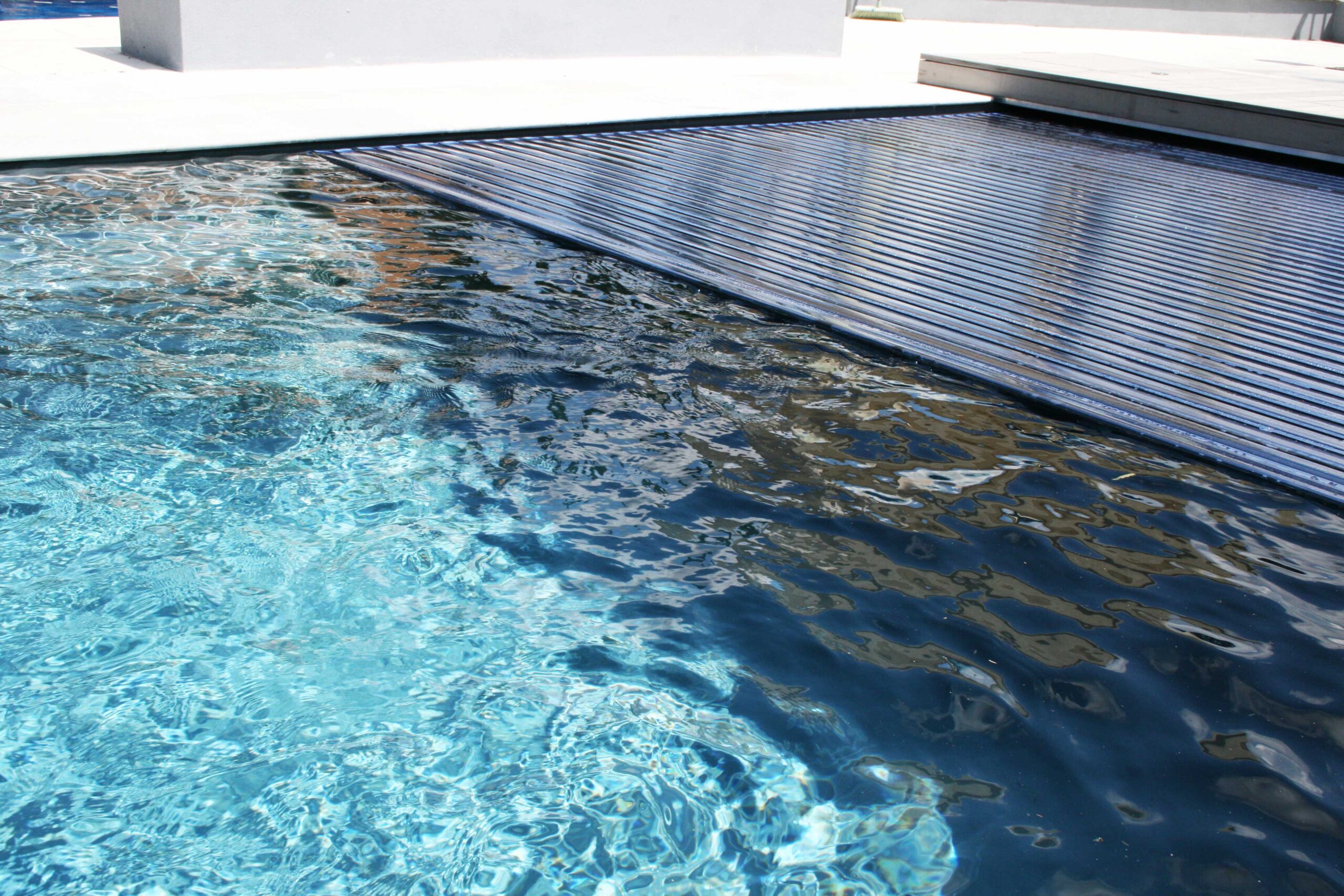
6. Balance the Pool Water Chemistry
Cyclones, storms and heavy rain can significantly alter your swimming pool’s chemical balance. Test and adjust:
- pH levels (Ideal: 7.2–7.6)
- Chlorine levels (Ideal: 1–3 ppm)
- Alkalinity (Ideal: 80–120 ppm)
- Calcium hardness (Ideal: 200–400 ppm)
- Use a pool water testing kit and add necessary chemicals to bring levels back to normal.
7. Shock the Pool to Kill Bacteria in the Event of High Leaf Matter or Polluted Water
After a storm or cyclone, your pool is likely contaminated with bacteria and organic matter. To restore clean and safe swimming conditions:
- Add a high dose of pool shock treatment (follow manufacturer instructions for the right dosage).
- After shocking, rebalance the pH levels and test for any chemical deficiencies.
- Run the pump for at least 24 hours to help circulate and clean the water.

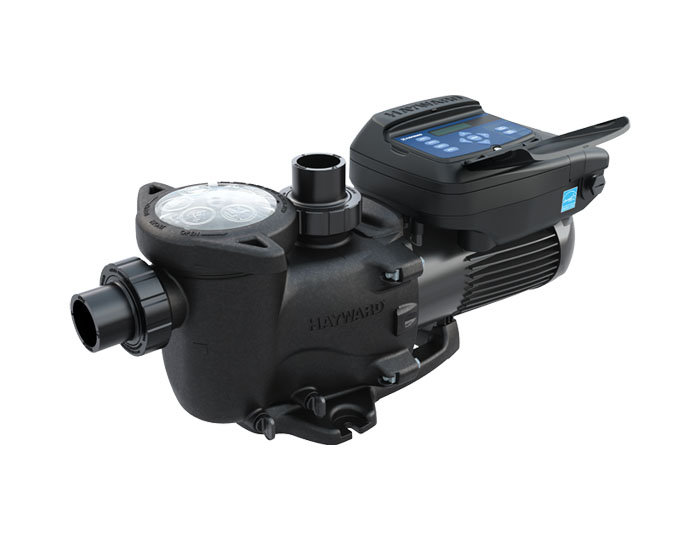
8. Run the Pool Pump and Filter Continuously
Let your pool filtration system run for at least 24 hours to help remove dirt, debris, and cloudiness. If your pool remains cloudy:
9. Making Your Pool Swim-Ready
Once the major cleaning is done, follow these final steps:
- Run your robotic pool vacuum to remove any remaining debris.
- Balance your pool water – adjust chlorine, pH, and alkalinity as needed.
- Test pool water daily for the next few days to ensure levels remain stable.
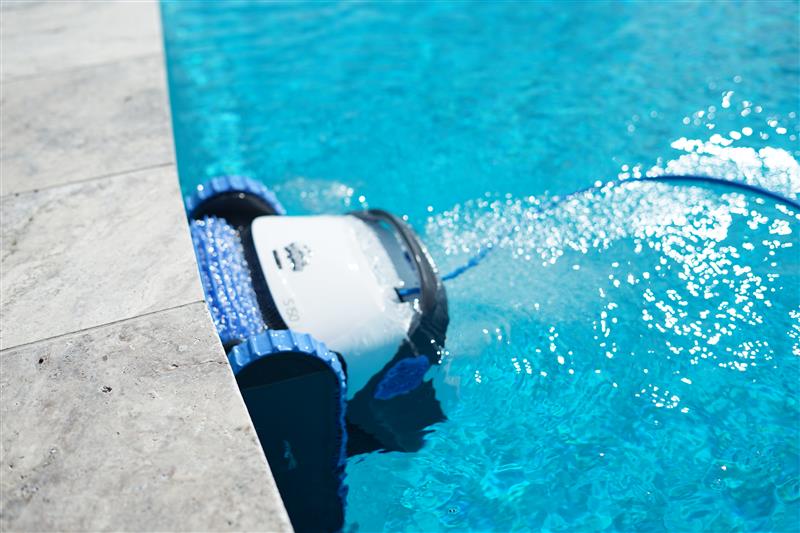
FAQs: Preparing Your Pool for a Cyclone
No, you should test and balance your water chemistry first. Shocking the pool if the water is polluted and allowing sufficient filtration time is necessary before swimming to ensure safety.
Reduce your pool water using a submersible pump or drain to the normal level, set your pool filter to the “waste” or “drain” setting, if available, and turn on the pump. Monitor the water level as it drains to ensure it reaches the desired height, which is typically about halfway up the skimmer. Once the water level is adequate, switch the filter back to “filter” or “recirculate” and clean any debris remaining in the pool.
If your pool water remains cloudy, try using a pool clarifier or flocculant, continue running the filtration system, and vacuum any settled debris.
It is recommended to run your pool pump continuously for at least 24 hours after a storm or cyclone to help filter debris and circulate chemicals effectively.
Proper swimming pool maintenance before a storm or cyclone and after prevents long-term damage and ensures your pool remains safe and clean. If you experience major issues with your pool equipment or water quality, consult a professional pool cleaning service for expert assistance.
By following these steps in how to clean your pool after a storm and cyclone- you can restore your pool quickly and safely, ensuring it’s ready for swimming again in no time! And remember, it’s always wise to stay updated on the latest weather conditions by following the Bureau of Meteorology and their live updates on Facebook.
Stay prepared, stay safe, and remember that Leisure Pools is here to support you throughout all weather events.
